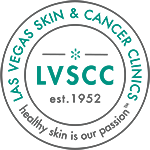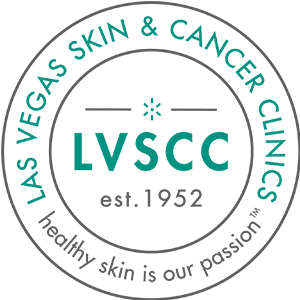About Mohs Micrographic Surgery
What is it?
Developed in the 1930s by Dr. Frederick Mohs, Mohs micrographic surgery is an extremely effective treatment for a variety of skin cancers. Due to its accuracy, high success rate, and cosmetically appropriate outcomes, Mohs remains the gold standard for skin cancer removal. The surgical specialists at our center are highly trained to perform this precise surgery with skill and technique refined through years of experience and study.
What to expect
We are fortunate to have a large team of Mohs surgeons on our staff who have devoted all their attention to treating skin cancer patients. These specialists can remove all vestiges of the tumor so you can have your life back and live it to the fullest. With Mohs, elimination of a tumor is precise and success is immediate and long-lasting. Under the expert guidance of our surgeons, Mohs surgery can provide complete tumor removal, including cancerous cells that are unseen (and therefore left behind) during other skin cancer removal procedures. Once skin cancer has been eliminated from your tissues, treatment is complete and you’ll be 100% cancer-free, with no estimation or uncertainty.
After the procedure
The Mohs procedure has a proven high success rate (studies have shown 5-year cure rates of over 99% for new cancers) and grants patients quicker recovery times (2-4 weeks) than other skin cancer procedures.


